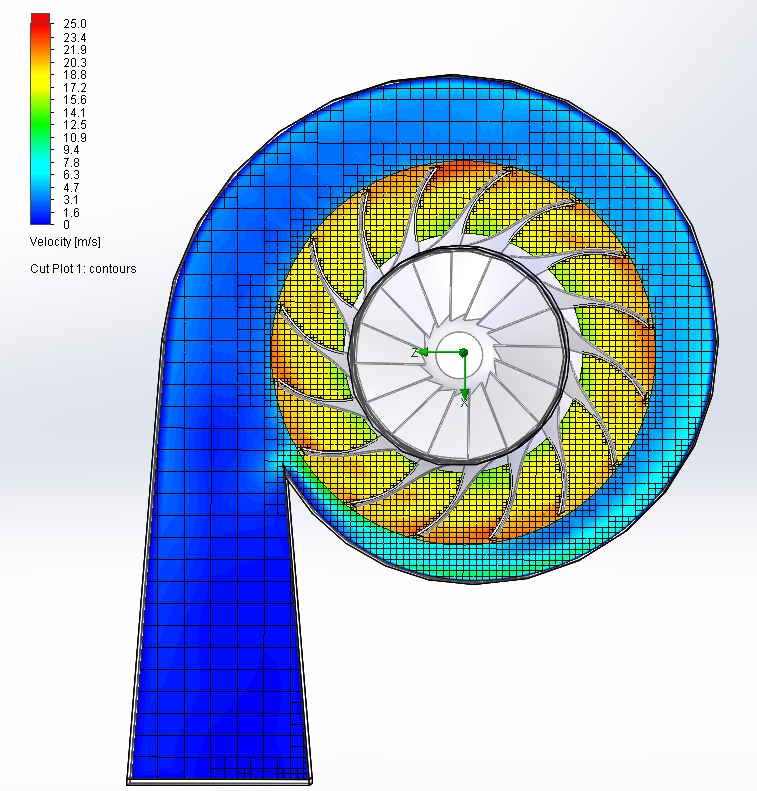
The integrated model is built by dividing the dynamic motion into infinite step motions, and it is a mathematically complete model. These models are developed based on the physical mechanisms of the flow field around the aircraft, and different models have different characterization abilities. One is the traditional method based on the characteristics of the flow field, such as aerodynamic derivative models, state space models, differential equation models, and integrated models. The commonly used unsteady aerodynamic modeling methods can be divided into two categories. Therefore, more attention has been given on how to obtain acceptable aerodynamic data through limited calculations or tests and establish a relatively accurate mathematical model to predict the aerodynamic characteristics of the dynamic motion at high angles of attack, that is, unsteady aerodynamic modeling. However, the large costs of both CFD and experiments seriously restrict the process of modern aircraft design. To obtain the detailed changes in the aerodynamic forces within this dynamic process, large-scale CFD simulations and wind tunnel tests should be utilized. At this time, the unsteady aerodynamic force is highly nonlinear, and the whole dynamic flow field is accompanied by complex vortex motion, evolution, and mutual interference, thus forming a complex nonlinear system. The unsteady aerodynamic characteristic requirements at high angles of attack for the next generation aircraft are increasing quickly, and the complicated unsteady aerodynamics caused by dynamic motion at high angles of attack has become one of the current research hotspots.


The results show that the improved model has a higher prediction ability at high angles of attack and has the ability to predict the aerodynamic characteristics of other unknown states based on known unsteady aerodynamic data, such as the initial angle of attack, reduced frequency, and oscillation amplitude. The improved nonlinear aerodynamic derivative model was validated by using the NACA 0015 airfoil and the F-18 model. We first extend the higher-order terms to describe the nonlinear characteristics and then introduce three more influence parameters, the initial angle of attack, the reduced frequency, and the oscillation amplitude, to correct the constant aerodynamic derivative terms that have higher-order polynomials for these values. A modified nonlinear aerodynamic derivative model for predicting unsteady aerodynamic forces and moments at a high angle of attack is developed in this study. The classical aerodynamic derivative model is widely used in flight dynamics, but its application is extremely limited in cases with complicated nonlinear flows, especially at high angles of attack.


 0 kommentar(er)
0 kommentar(er)
